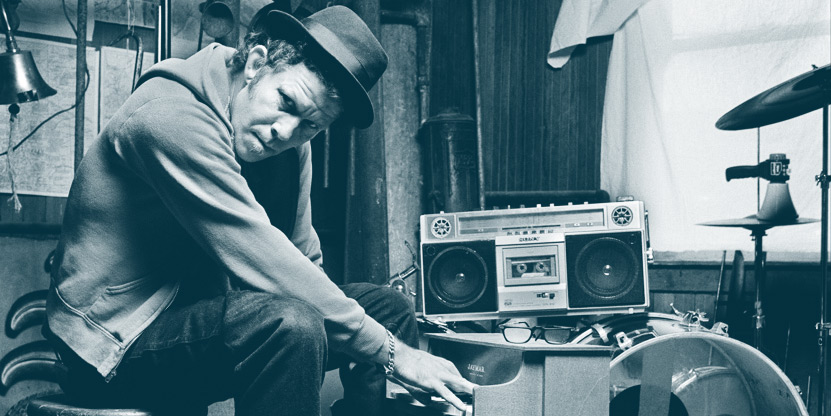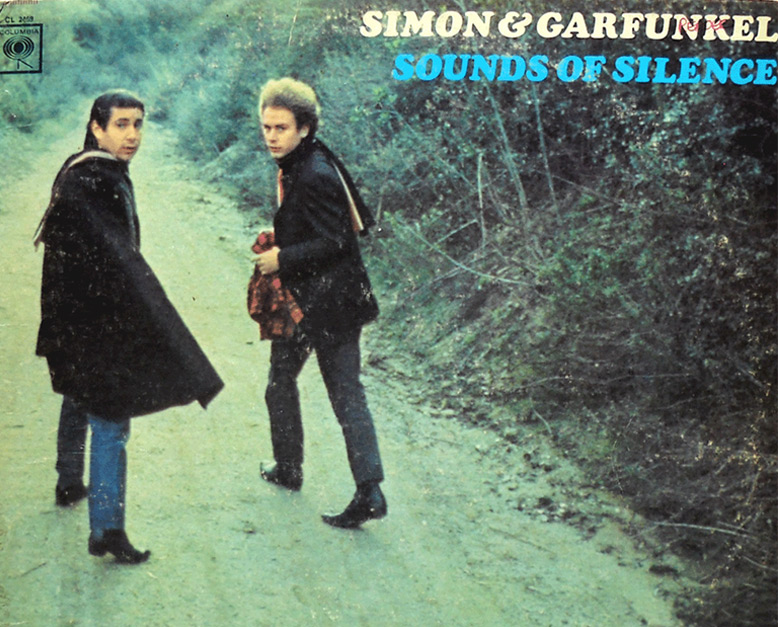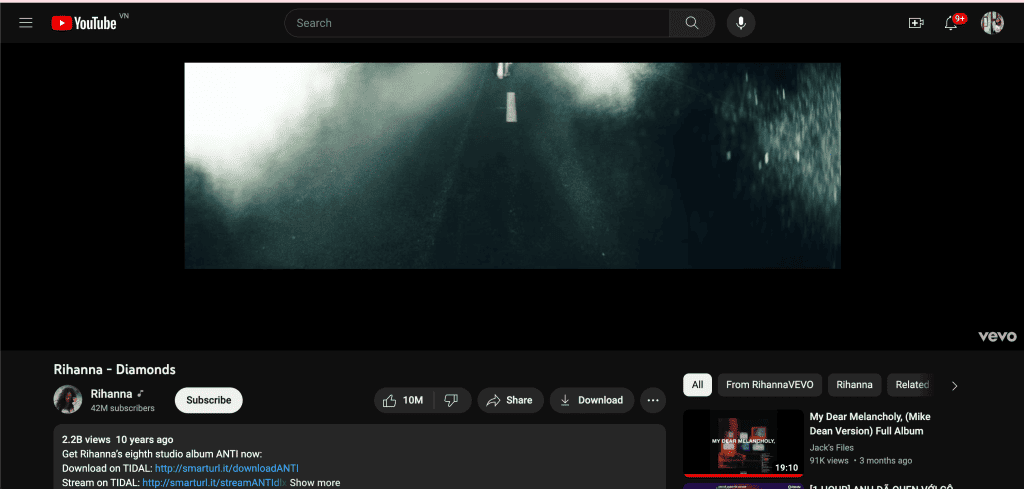If you search on Google for ‘songwriting tips,’ you’ll get around 2 million results in just 0.42 seconds. That’s a whole lot of songwriting tips. But you know what? Many of them might not actually be helpful. Sure, there are tried-and-true songwriting exercises and tips like covering existing songs or teaming up with new songwriting partners.
Yet, the songwriting tips I’m about to share are something special. They’re the ones that prioritize you and your unique ideas. These tips give you the chance to set aside time to really focus, experiment, and fine-tune your songs. Writing songs is a personal process. It’s all about reconnecting with your inner self to discover that songwriting magic.
So, let’s take a closer look at each of these valuable tips!
1. Play five radios at the same time
You might consider doing this when you have the house to yourself or, at the very least, keep the volume at a minimum. Be prepared for your friends to inquire if everything is alright.
However, this technique is remarkably effective! The renowned Tom Waits employs this method during his songwriting process. He switches on a couple of radios and then pays attention to the intriguing intersections of sounds.
This kind of unconventional composition falls under the category of aleatory music—where certain aspects of the composition are left to chance. It’s a perfect recipe for sparking song ideas.
If it’s a technique that Tom Waits swears by, then it’s certainly worth experimenting with. So, go ahead, turn on those radios, embrace serendipity, and listen for the captivating convergences.
2. Take a long look out the window
The music-making space I work in features a skylight that adds a touch of natural light. The view it offers is modest—a small blue square punctuated by occasional clouds, birds, or airplanes.
Interestingly, I’ve gleaned more insights about my creative process from that unassuming blue square than I ever could from guides, tutorials, or manuals. It provides me with a clear space for contemplation.
And it’s not strictly limited to a window view. Just having something tranquil to gaze upon, like a tropical aquarium or a captivating piece of art, works wonders.
In today’s world, it’s a challenge to detach from the constant barrage of hyper-speed distractions (computers, smartphones, etc.) in order to access moments of serene stillness.
Can you imagine Brian Wilson composing ‘Good Vibrations’ while juggling email replies, Uber orders, SoundCloud plays, and weather-related tweets all at once? Highly unlikely.
I share the same sentiment.
3. The technique of hidden glosa
This poetic style hailing from Spain encourages writers to pluck four lines from an existing poem and weave them into an entirely new piece. These lines act as guideposts for shaping the new creation.
Imagine selecting four lines at random from Johnny Cash’s “Ring of Fire” and positioning them as the starting, second, or third lines of your own verse.
From there, your task involves filling in the gaps between those chosen lines to complete your verses.
Naturally, it’s vital to artfully integrate these lines, ensuring your work becomes a distinct creation. It’s important not to directly mimic the original lyricist or poet, unless their work is in the public domain.
So, to truly make it your own, you’ll need to tweak the melody and opt for less familiar lyrics.
In essence, this poetic form lets you blend inspiration from existing works with your unique voice to craft something fresh and innovative.
4. Don’t spend the entire day talking. Simply pay attention
Give silence a chance, and your songwriting will thank you.
A whole day of silence might be a bit too much. After all, you need to communicate to lay down that impactful, genius vocal.
However, the power of silence is no secret. Even just an hour of quiet time can reset your mind and creativity.
You might not realize it, but speaking is a demanding task for your brain. Taking a break from it can put you in the right mindset for writing.
During moments of silence, deep memories and emotions have a clear path to resurface in your mind—those very thoughts that make exceptional songs.
So, step away from the constant chatter and experiment with silence for a while. Let your mind do the talking and discover all the inspiration you’ve been seeking.
5. Set an absurd time limit
Guess what? Sia penned Rihanna’s hit “Diamonds” in just 14 minutes. With the beat playing, the lyrics effortlessly flowed from her. This single has achieved a remarkable 5 times platinum status in the US alone.
Balancing time can be quite the challenge. Excessive time can lead to overthinking, while too little can hinder productivity.
The remedy? Set a time limit. Even more effective, opt for a limit significantly shorter than your usual writing duration.
Imposing tight boundaries aids in focusing on the essentials, boosting song output, and refining your overall process. As you continue this practice, your skills will only sharpen.
Give it a shot and watch your songs sparkle, shining brightly like… a precious gold ingot?
6. Write as few lyrics as you can
If you find yourself stuck, here’s a valuable tip: GET STRAIGHT TO THE CORE.
In songwriting, simplicity consistently wields power. However, achieving it can be a challenge, demanding a determined approach.
Consider the Beatles as an example. Their track “Love Me Do” comprises a mere 19 distinct words, yet remains one of the most legendary songs ever.
Mastering simplicity is a crucial skill for any songwriter. It keeps your compositions relatable, captivating, and irresistibly catchy. After all, who can resist a satisfying sing-along?
7. Put a lid on it
Infinity is a fact, evident the moment you open a blank DAW. Countless VST plugins, effects, and processing possibilities stretch before you.
However, boundless options aren’t always a blessing. Sometimes, the key to enhancing your songwriting lies in setting a gear limit.
Begin by creating a precise list of tools you intend to use. Narrow down your creative scope to match this gear list. This approach accelerates idea formation, sparing you from the overwhelming sea of choices.
It might seem counterintuitive, but constraints can ignite creativity. Working within limitations forces you to harness what you possess and shape it to your unique sound.
Moreover, embracing restrictions fosters a deeper grasp of your available tools. By stretching these limits, you gain a profound understanding that enriches your creative journey.




